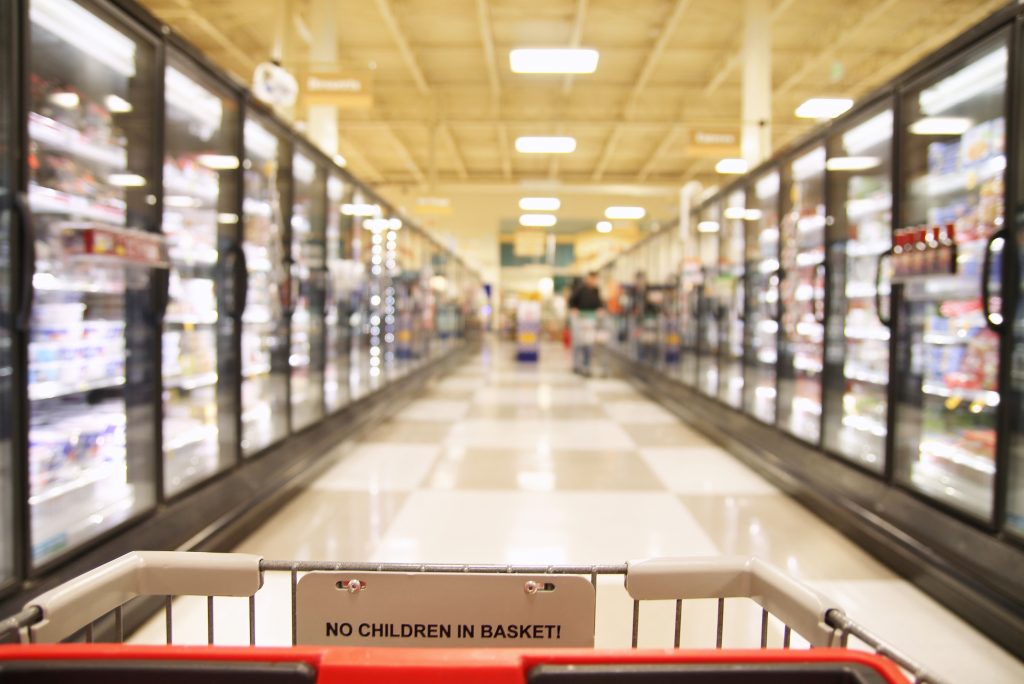Nowadays, brands who use insights gained from Wi-Fi check-ins and GPS signals can pinpoint consumers down to the city they live in, the route they take to work, or the street they’re currently walking down. But once these consumers are in stores shopping, can advertisers find out which aisle they’re in and, more importantly, do anything about it?
Enter beacons and sensors. Located in and around stores, these powerful technologies provide brands with an accurate and detailed picture of how their customers are moving in and out of stores and up and down different aisles. And earlier this year, Blis partnered with Unacast, the world’s largest proximity sensor network, to merge our advanced mobile location data with the compelling insights and capabilities of beacon technology. But how can marketers make the most of beacons, and what benefits do they bring to retail advertising?
Ensure Data Accuracy
At Blis, we put data accuracy at the forefront of our efforts. Beacons are an important part of this strategy, enabling us to verify and amplify our data.
Since beacons are placed in physical locations and interact with mobile devices that actually come within proximity, they are a highly accurate way of determining exactly where consumers go. Unacast collects data from 40% of the world’s beacons and sensors in stores, malls, airports and stadiums. Blis layers that data with our own first-party data. Together, insights from mobile devices and beacon technology ensure that the data we have on consumers is detailed as well as accurate.
Improve Attribution
Once brands have merged and verified their data with beacon technology, what can they do with it?
For one thing, they can use their newfound insights to better understand how their mobile campaigns relate to sales. In stores like CVS, Target and Duane Reade across the U.S., Blis is using beacons to analyze how mobile ad campaigns impact foot traffic and in-store shopping patterns.
Retailers can use this data to improve attribution when it comes to their offline campaigns, too. With beacons, brands can look at mobile devices that pass OOH campaigns to find out how their offline advertisements are impacting sales.
Get Creative
With razor-sharp data on where consumers are going, beacons empower brands to do more than just verify their mobile location data and improve attribution; they also provide marketers with opportunities to run creative new campaigns that are hyper-targeted and engaging.
A shampoo brand, for instance, can employ beacons to help a customer find their product on the shelf. Let’s say the brand’s ideal customer—a female in her 20s—enters the store. When beacons sense that her mobile device is inside, advertisers can send her a map of the store, directing her to the shelf and aisle where she’ll find the shampoo.
Another example is how retailer, Urban Outfitters, uses beacon-triggered content promoting millennials targeted in-store features such as a barcode scanning feature of the retailer’s app for enhanced self-service experiences, in-store sharing of selfies while wearing store clothing, promotion of in-store events, and personalized push-messages to encourage brand loyalty. For more examples check out the latest
IAB Mobile Playbook.
85% of the top 100 retailers in the U.S. are already capitalizing on beacon technology, and now it’s available to all of Blis customers. Advertisers should waste no time harnessing the power of beacons. When they do, they’ll be rewarded with accurate data, successful campaigns, and happy customers.




